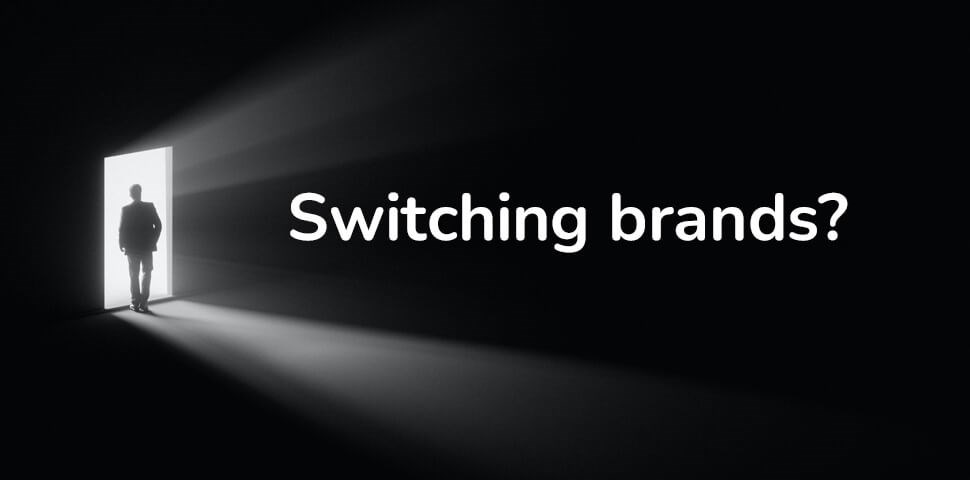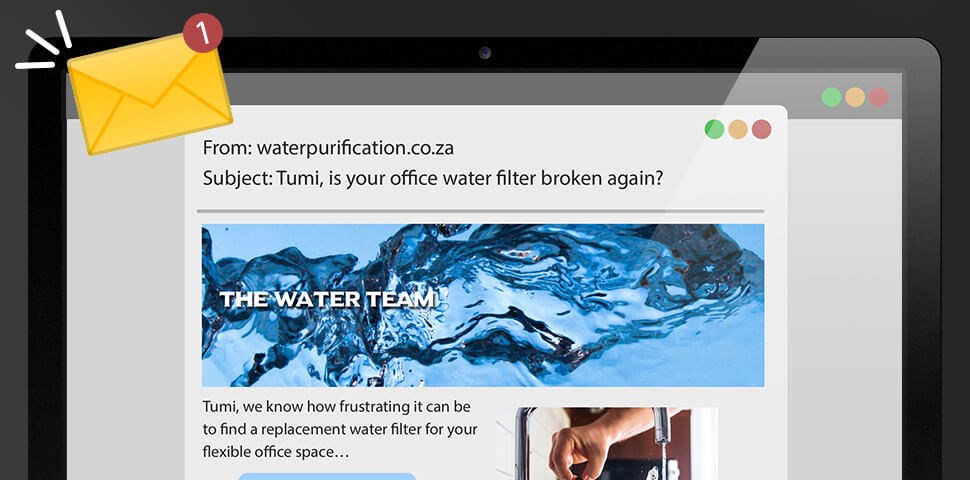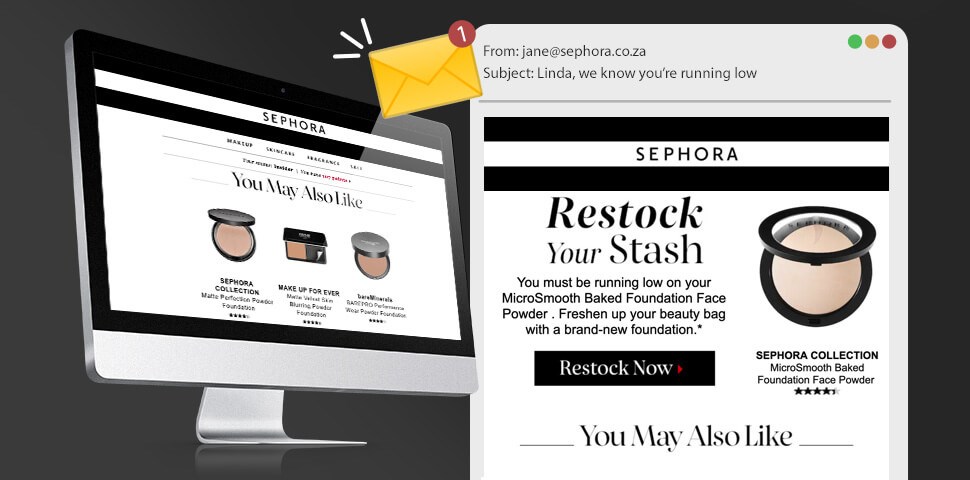I was listening to a podcast recently, and the host said something that resonated with me:
“People do business with people”.
As digital marketers, we often forget this. The human element – talking to a person instead of targeting a number – can be lost in the noise.
Personalisation: I know it’s an overused word in digital marketing but hear me out.
The truth is that people don’t only expect personalisation – they demand it. According to McKinsey’s 2021 Next in Personalization Report, 71 percent of consumers expect companies to deliver personalised interactions – and 76 percent get frustrated when this doesn’t happen.
We know that the global pandemic shifted more people online – and it shifted consumer behaviour.
For example, according to Brandwatch’s 2022 Consumer Trends Report, procrastination and online window shopping were the top reasons for the abandonment of online shopping carts. The McKinsey report also found that 75 percent of customers switched to a new brand. That’s why I keep saying that brand loyalty is a thing of the past, and if an experience with a brand doesn’t put the person first, you’ll lose customers faster than the price of petrol going up.

Personalisation is the default in a digital world
Gone are the days when you could invite people to your A-grade offices for an espresso and a schmooze (or a tequila shot in Firewater’s case). Now potential customers need to feel like they matter, whether they’re on a brand’s website or deciding to open an emailer.
What is personalisation?
Using data, personalisation allows a business to target content, like a specific landing page, to a segment of their audience. Personalisation essentially mimics one-on-one communication and the human connection. Let’s be real: human curiosity, along with our egos, normally get the better of us, too.
For example, an emailer with targeted copy can be sent out to a pre-defined, segmented list of customers in the water purification industry. The emailer has a subject line that uses the person’s first name, and that references a particular pain point for the water purification industry in a specific location. Within the mailer, the copy and a link can direct the person to a landing page that offers solutions to the pain point – and so a (personalised) journey begins.

Why data and personalisation go hand-in-hand
But personalisation can only happen if we have enough data on that target audience. With the removal of third-party cookies and privacy regulation compliance, businesses now need to take first-party data far more seriously. Google plans to completely phase out third-party cookies in mid-2023. I can’t stress how important it is to have a solid first-party data strategy in place, now rather than later. Because personalisation depends on it. The key is to not only responsibly mine that data but to analyse what type of data creates a better experience for the audience.
Because personalisation is about meaningful engagement and relationship building that drive repeat customers, and ultimately brand loyalty.
Personalisation is a positive customer experience – whether in B2C or B2B
It’s more than merge tags in subject lines (although it helps: emails with personalised subject lines have a 26 percent higher open rate). Personalisation means making customers feel ‘special’ through how they experience a brand, as this determines how they will view the brand.
This can take many forms, and don’t for a second think that B2C retail strategies can’t be transferred to the B2B space. Of course, B2C has some great examples of how to do it right – like beauty giant Sephora that uses email to anticipate when customers need to restock an item.

From a B2B perspective, personalisation can include relevant client service recommendations, tailoring messaging to segmented audiences based on where they live, specific business pain points or needs, or the content they consume.
But I’ve seen many businesses not leveraging the power of personalisation. It’s time to adopt a B2C mindset because all customers expect a seamless and personalised B2C experience – and that includes the B2B space. It also means that you can’t pump out generic content, emailers, or offers anymore and hope they’ll land.
Yes, personalisation is now the default, so your brand’s personalisation efforts need to be better than your competitors. Customers don’t want to feel like they’re just a sales prospect or a transaction, and they don’t want to be part of another mail merge, either.
Personalisation uses data (and a few tricks from B2C marketing) to help businesses like yours tailor-make content so that the right people engage with it.
So that they feel like your business is talking directly to them, and knows exactly what they need.
Because people do business with people.
Does your business want to take its personalisation game up a notch? Get in touch, and let’s talk.




